Agfa Super Silette L rangefinder camera
This is a review of the Agfa Super Silette L 35 mm rangefinder camera made in Germany in about 1958.
My Agfa Super Silette L Camera
This was a camera I bought simply because is seemed to be a bargain. I found it for £4.99 described as “Agfa Camera ? Optima model”, but I could see from the pictures that it was a Super Silette L. I did some research and found the Super models were rangefinder cameras with uncoupled light meters, so I thought £4.99 was a risk worth taking to see if it was OK.
When delivered I found the camera was in pretty good condition, with just the usual levels of dust and dirt but without any real damage apart from the back door which has a bit of paint loss, and the Agfa logo on the front which is similarly marked.
The shutter and aperture work, although I haven’t tried the self-timer on the shutter, since that can often lead to problems. The light-meter still responds well to light and the focus is nice and smooth, although the rangefinder is a long way out of calibration because it doesn’t align at infinity. That’s a bit unfortunate because the rangefinder view is the clearest I’ve ever seen in a camera this old – it’s really easy to see the alignment and focus the camera.
The shutter release is a bit sticky, and sometimes takes a long time to return to its normal position after pressing, so I guess it’s a bit gunged up with old lubricant.
I’m trying to work out how to get the top cover off to see if I can calibrate the rangefinder, but so far I’ve been unable to work out how it’s held on (there are obvious screws and a lock nut under the rewind knob, but there is still something holding the top).
The camera was supplied with an ever ready case and a push on 30 mm UV filter.
Pictures of the Agfa Super Silette L
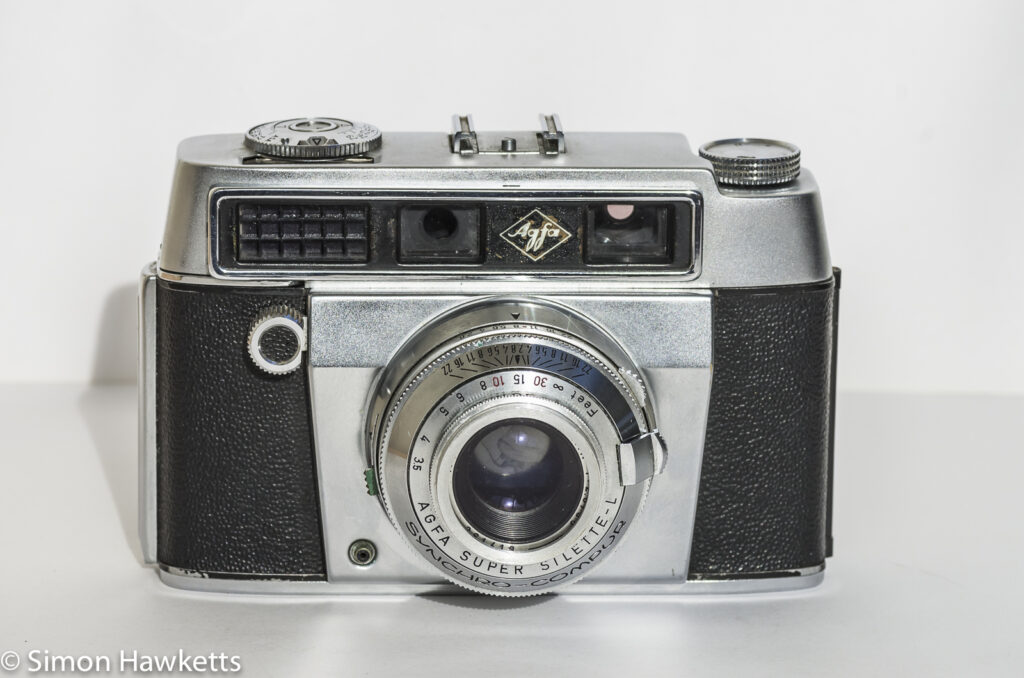
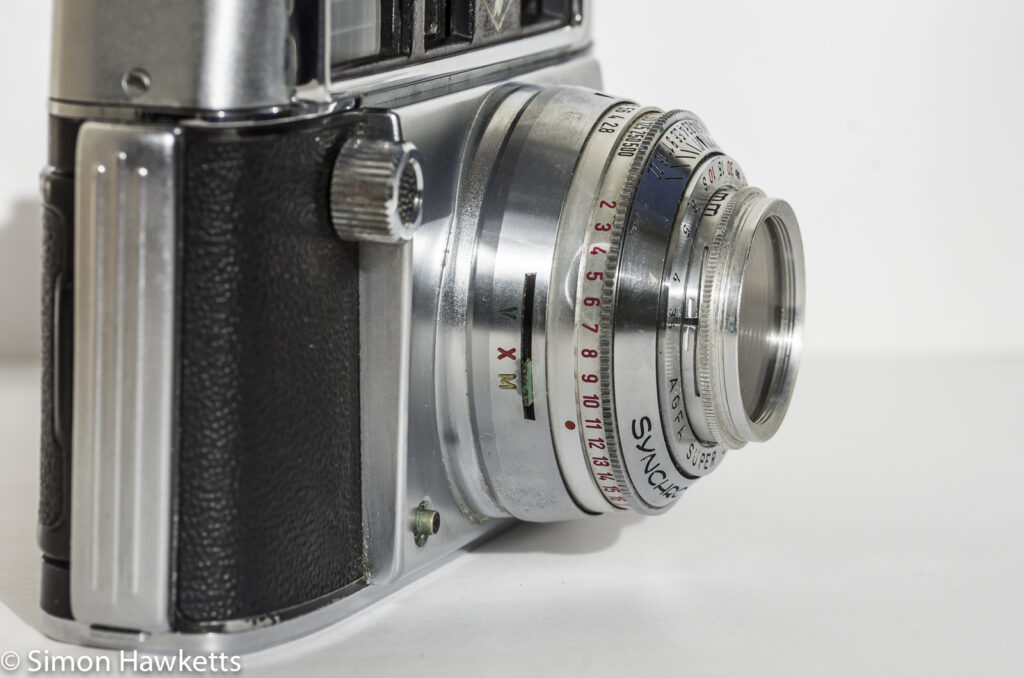
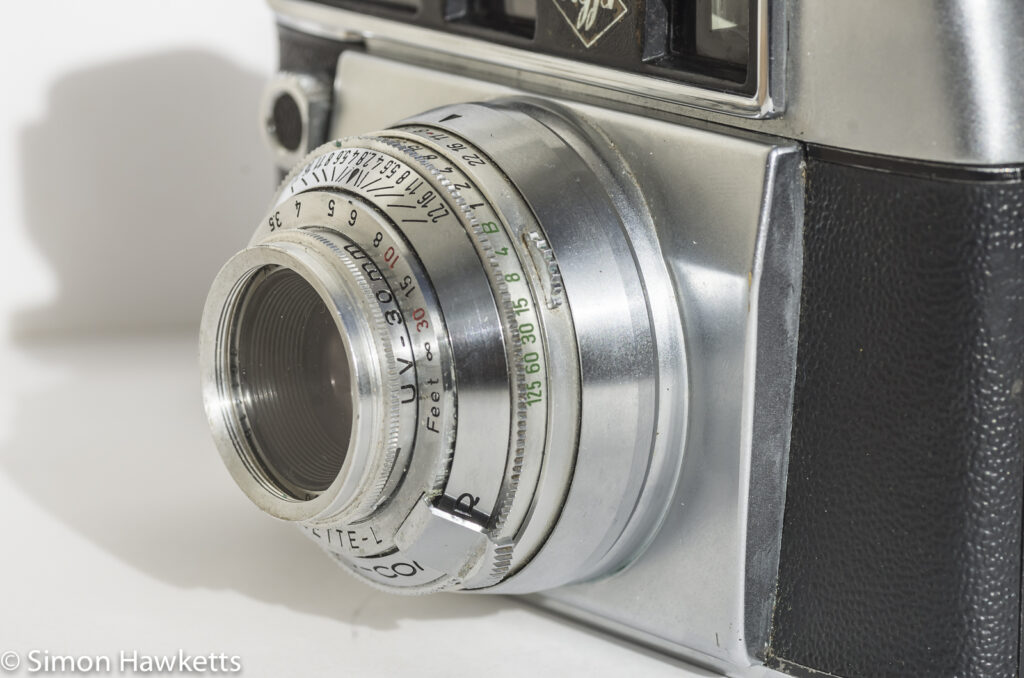
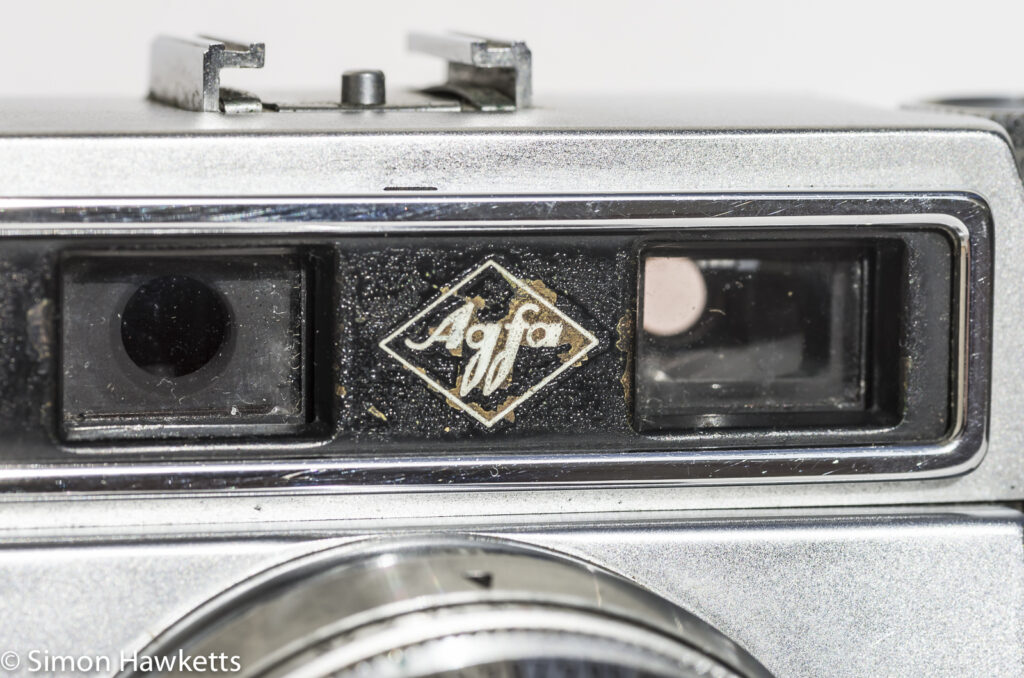
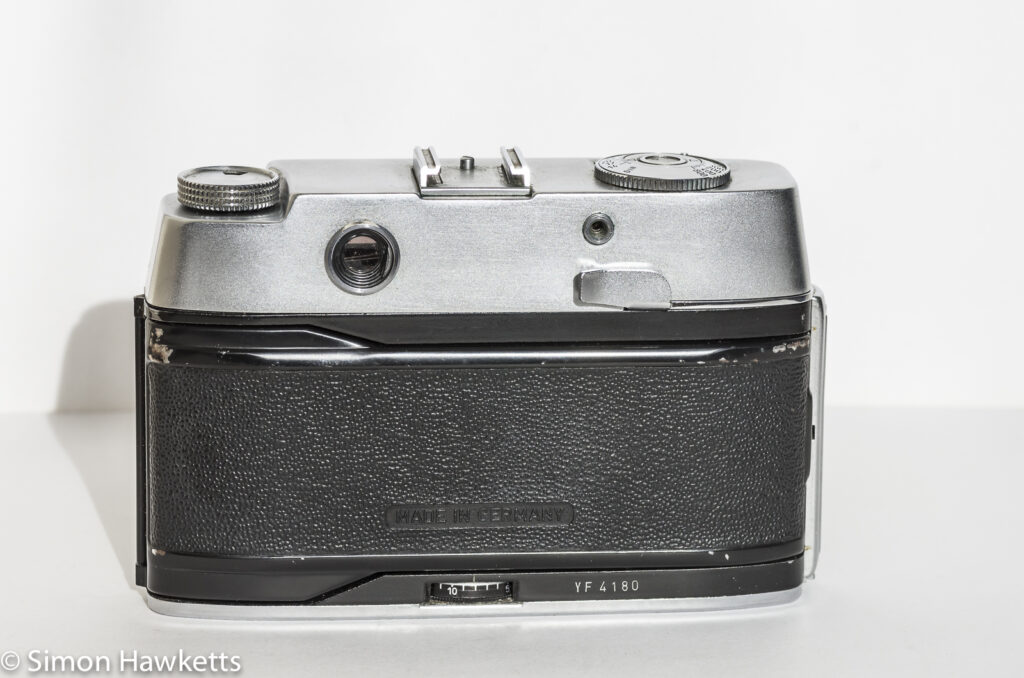
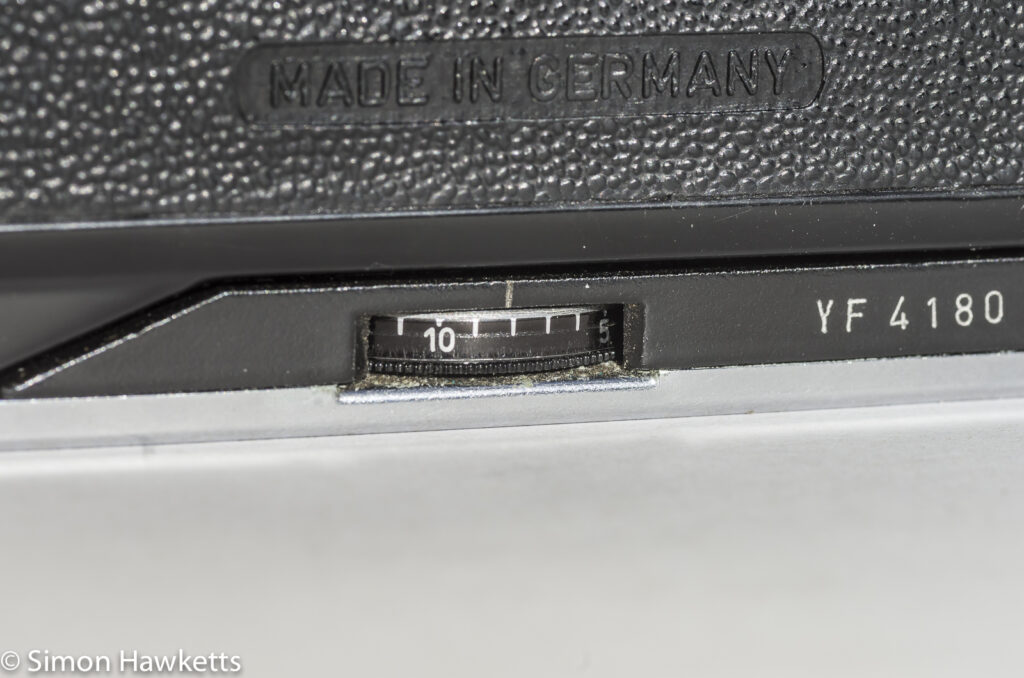
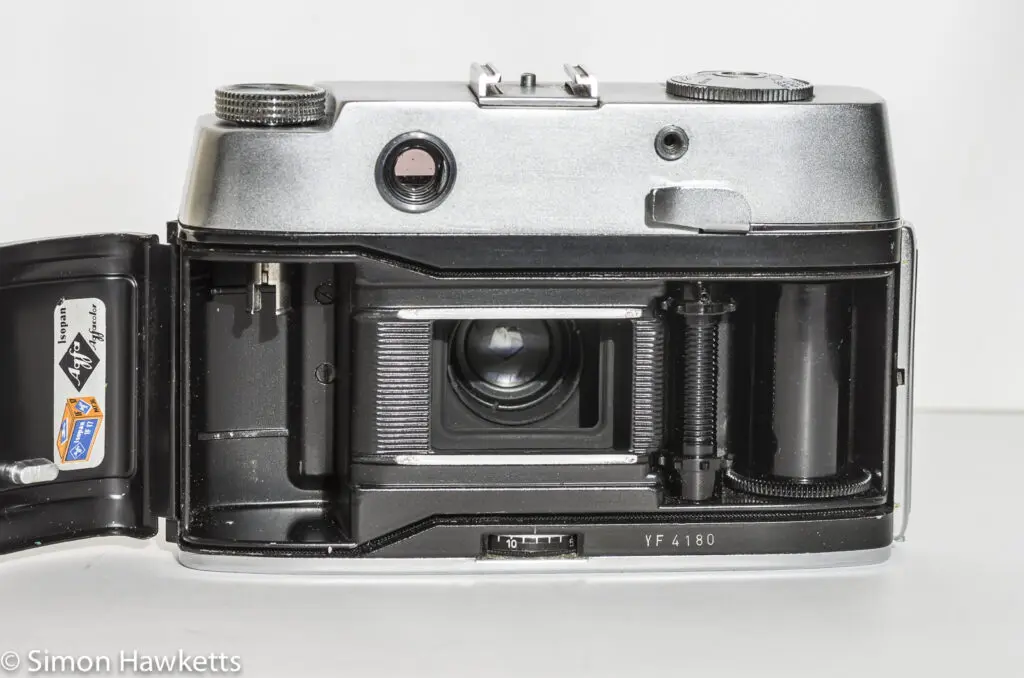
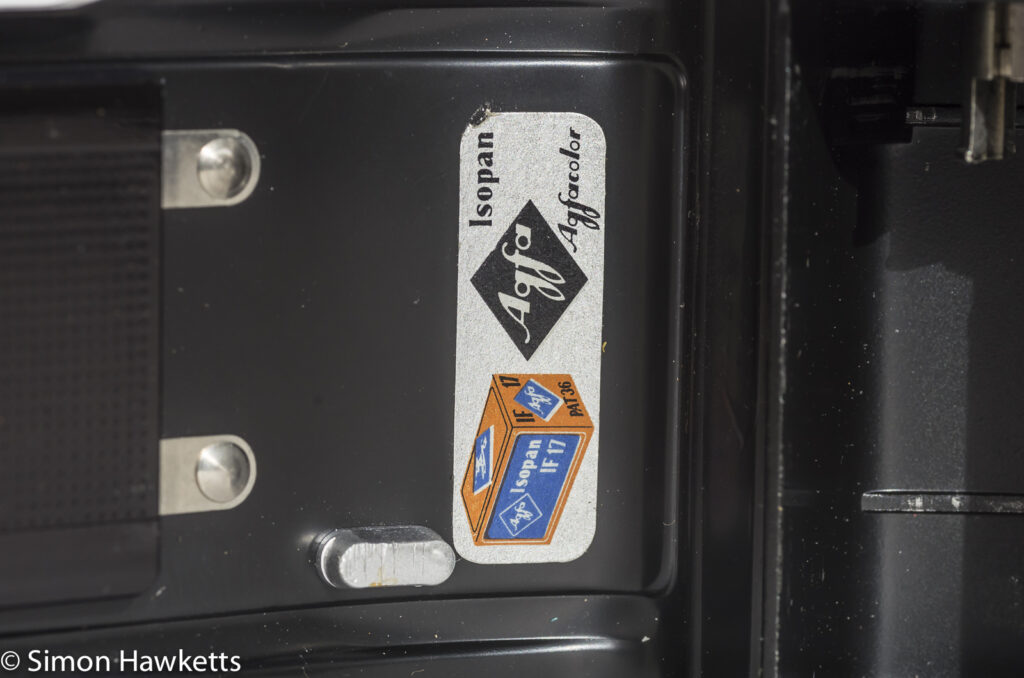
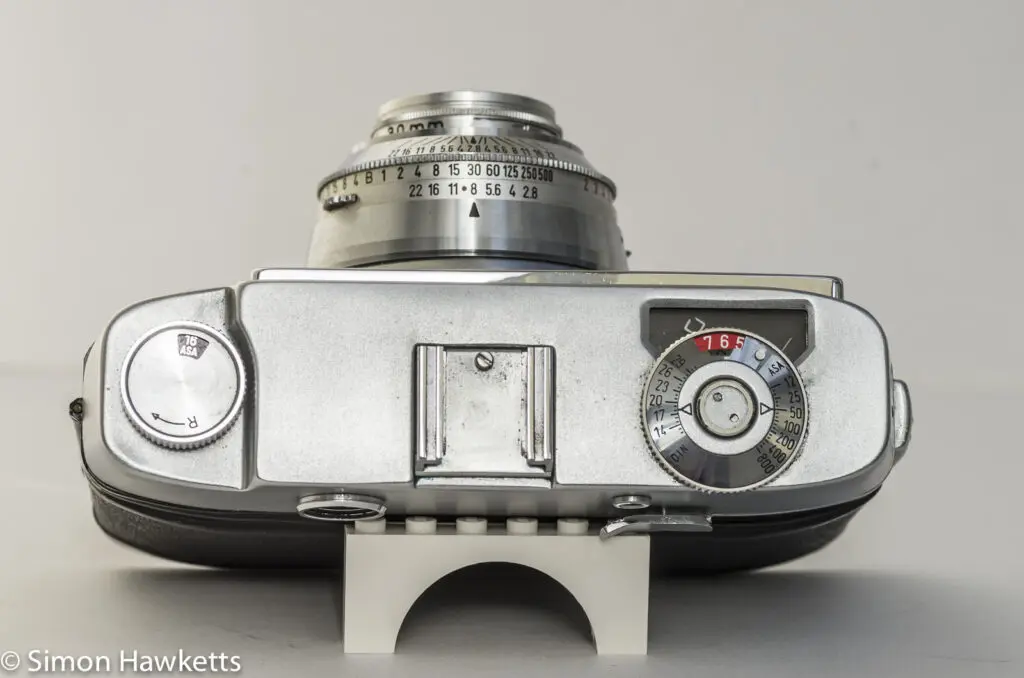
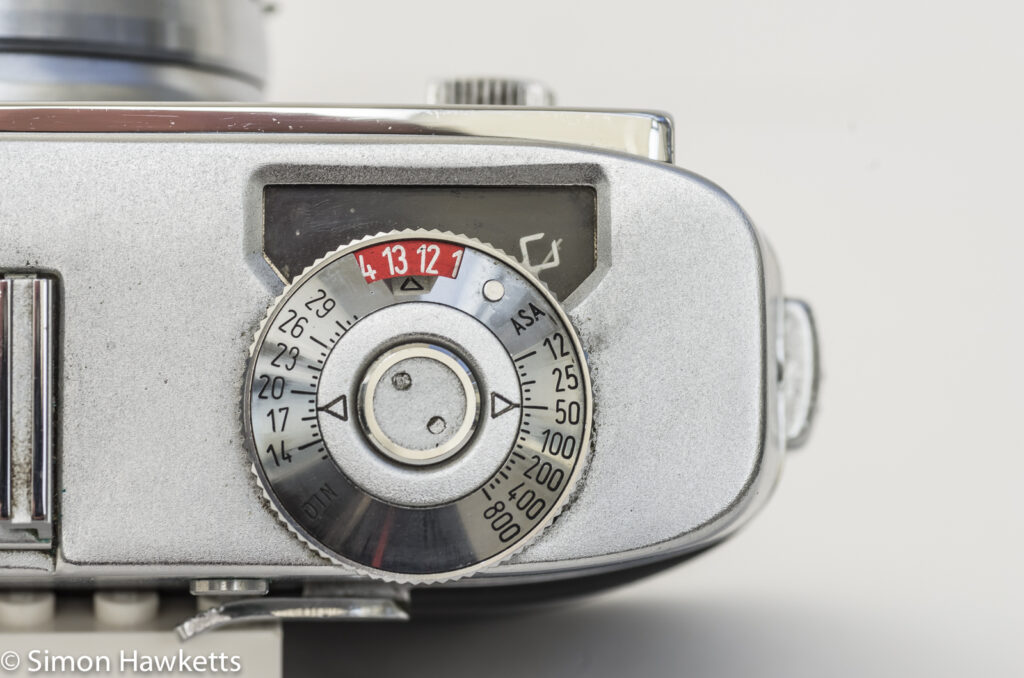
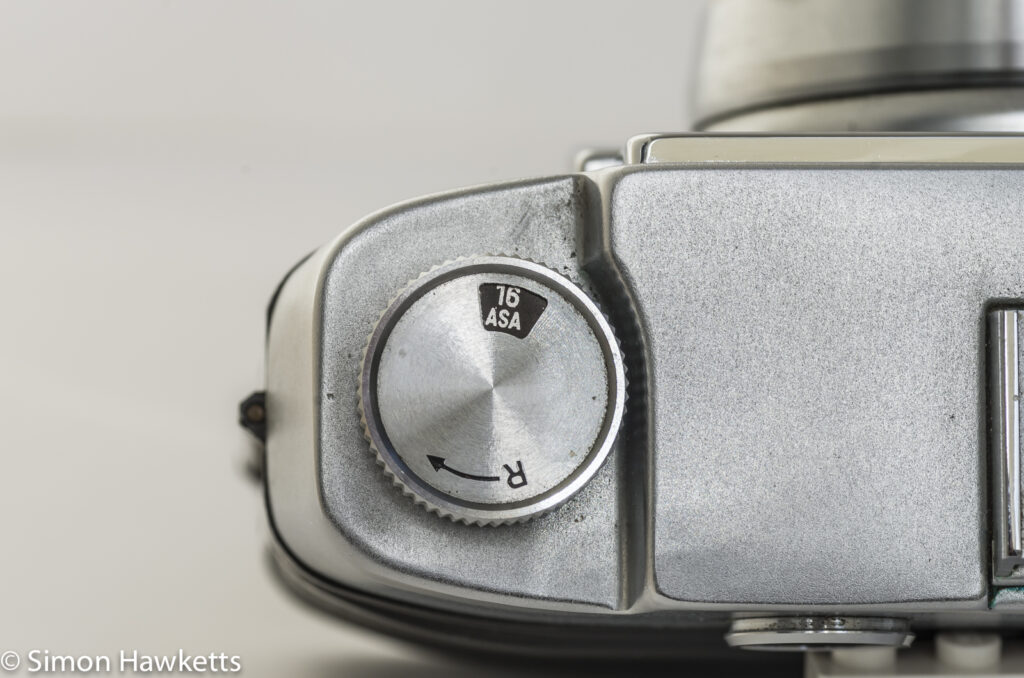
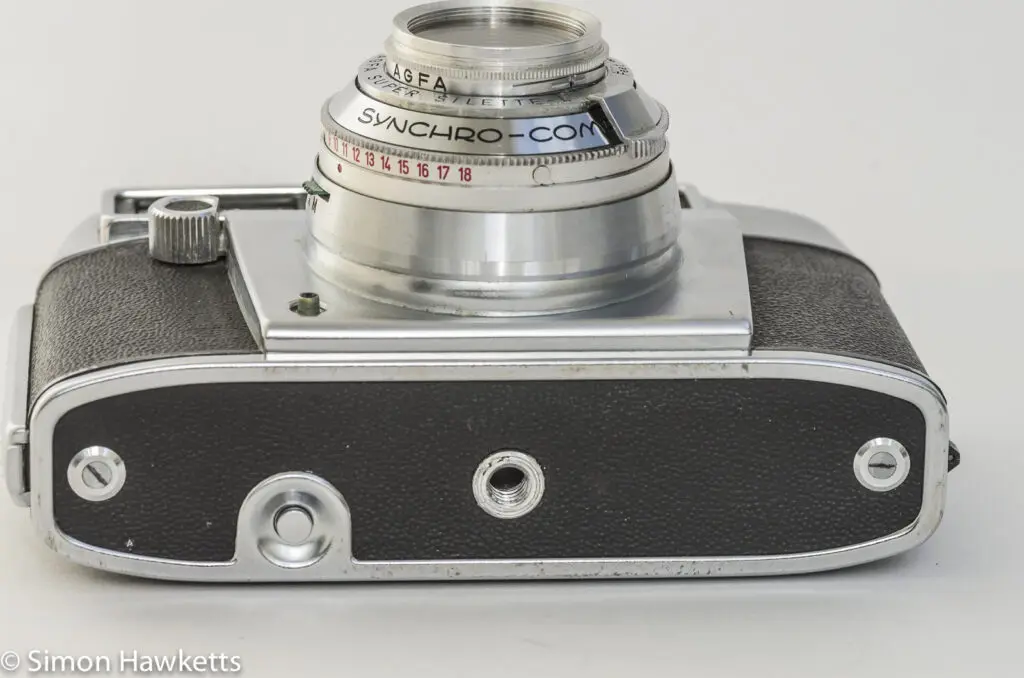
Agfa Super Silette L description
The Silette range from Agfa covered a large range of cameras and ran from the 1950s through to the 1970s.
The Super Silette range, as the name suggests, was a more advanced camera than the original Silette viewfinder type, adding rangefinder and light meter options. This Agfa Super Silette L is equipped with a coupled rangefinder and an uncoupled light-meter.
In many ways, this model is very similar to the standard Silette.
The basic size of the camera is reasonably small and compact, although being a mechanical camera means it is not a light unit to carry about. The exposure system is the same EV based shutter and aperture set up as the Silette, with minor differences in the way the aperture is unlocked from the shutter speed. There is the same X & M sync switch on the lens barrel, and the self-timer is also positioned on the same switch.
The general camera layout is also very similar, although the shutter release on this camera is on the front panel rather than on the top plate, and there is of course the addition of the light-meter on the top plate.
The biggest difference is obviously the rangefinder and the light-meter, but I’ll just detail the other big difference, which is the lens. On the Super Silette it’s the more advanced 50 mm Color-Solinar f/2.8 lens rather than the basic 45 mm Color-Apotar of the Silette. It has a quite bright blue-purple reflection which, along with its vintage, suggests it’s a single-coated lens.
So to the rangefinder. This is a coupled rangefinder which means there is no transferring of distances from scales on the rangefinder to the lens; the rangefinder is adjusted using the focus lever on the lens and when the images coincide in the viewfinder the camera is focused. (Although as I said above not in the case of my camera, sadly). It’s actually a nice system to use on this camera because the focus adjustment is quite short and the brightness of the display makes it easy to focus on a subject. I really hope I can get the top off and set this camera up!
The other big difference between the Super and the plain Silette is the light meter.
It’s an uncoupled device, meaning the reading needs to be transferred to the lens after it’s been taken, but being an EV based system makes it quite easy. You point the camera at the subject, turn the dial until the pointer coincides with the meter needle, and read off the EV value. This just needs to be set on the lens and the exposure is set. Of course, the more advanced photographer could also check the shutter speed/aperture combination to select the correct balance between depth of field and risk of camera shake etc, but essentially that’s all there is to it.
There is a user settable frame counter on the back of the camera at the bottom, and there is also a cable release socket on the back of the camera above the film advance.
Agfa Super Silette L spec.
- Agfa Super Silette L 35 mm rangefinder camera
- In built coupled rangefinder
- Uncoupled light meter
- Camera settable between EV2 and EV18
- Shutter 1sec to 1/500sec + B
- Aperture f/2.8 to f/22
- Focus from infinity to 3.5 feet (focus calibrated in feet)
- Selectable X & M sync
- Shutter release on front panel
- Single stroke film advance
- Film speed reminder
- User settable frame counter on back.
- Central tripod bush
- Cable release on back panel
- Manual available on line here
- Serial no: YF 4180
- Lens Serial No: 361418
Discover more from Everything Vintage
Subscribe to get the latest posts sent to your email.

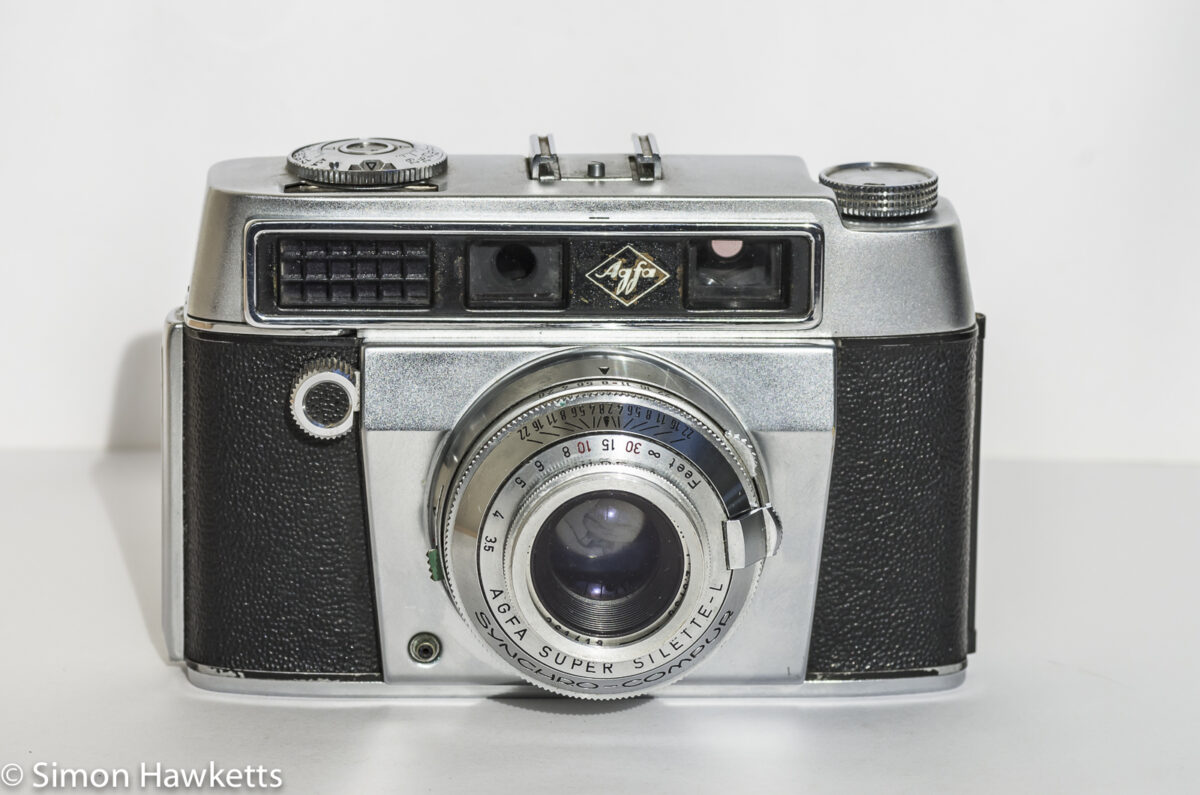
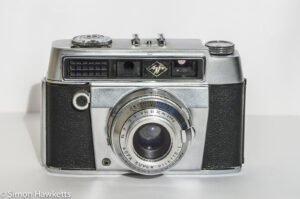
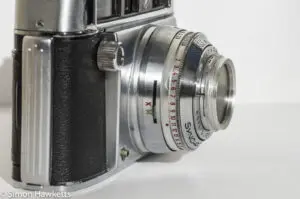
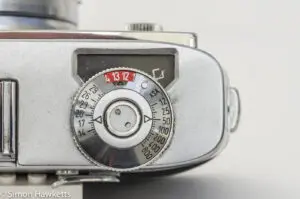
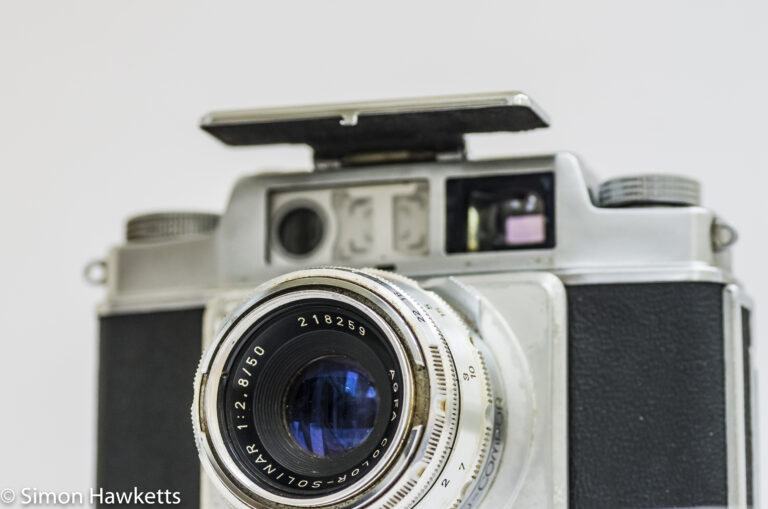
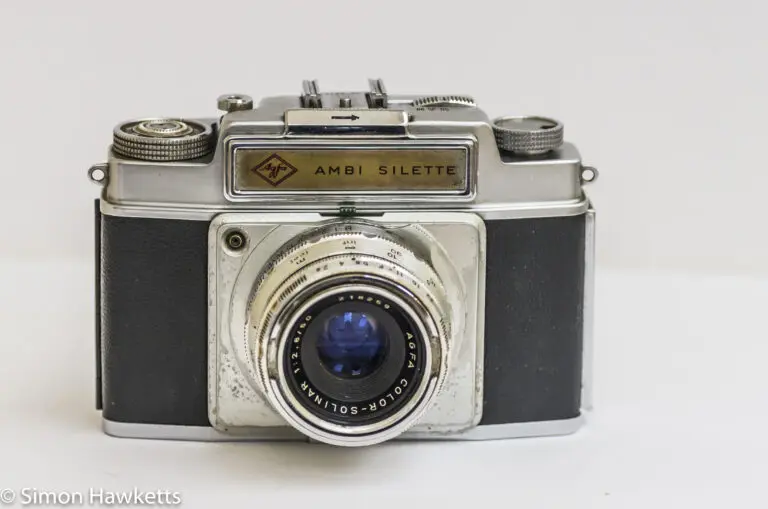
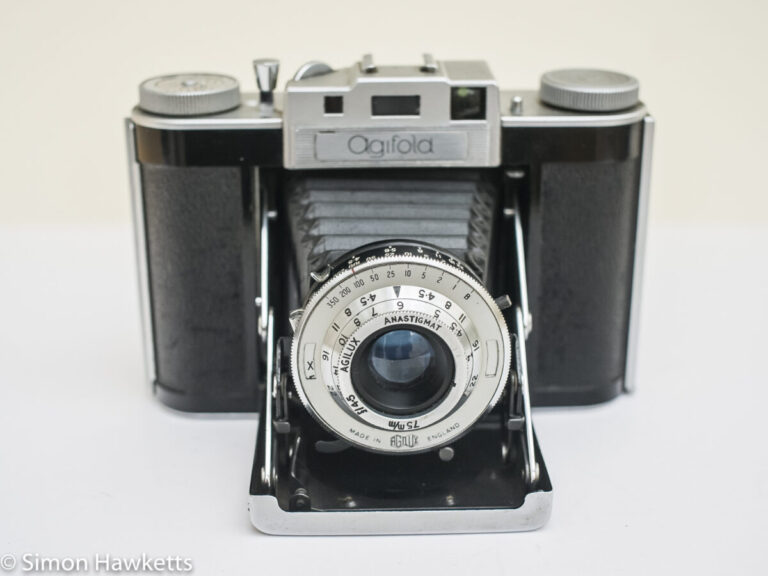
Hi, I have just come across this article while searching for the procedure to remove a Silette top plate. I wonder whether you ever found an answer to the problem and got the top plate off? Thanks, Mark.
Hi Mark unfortunately I never did get the top off and I’m pretty sure I no longer have the camera now. Sorry I can’t help you